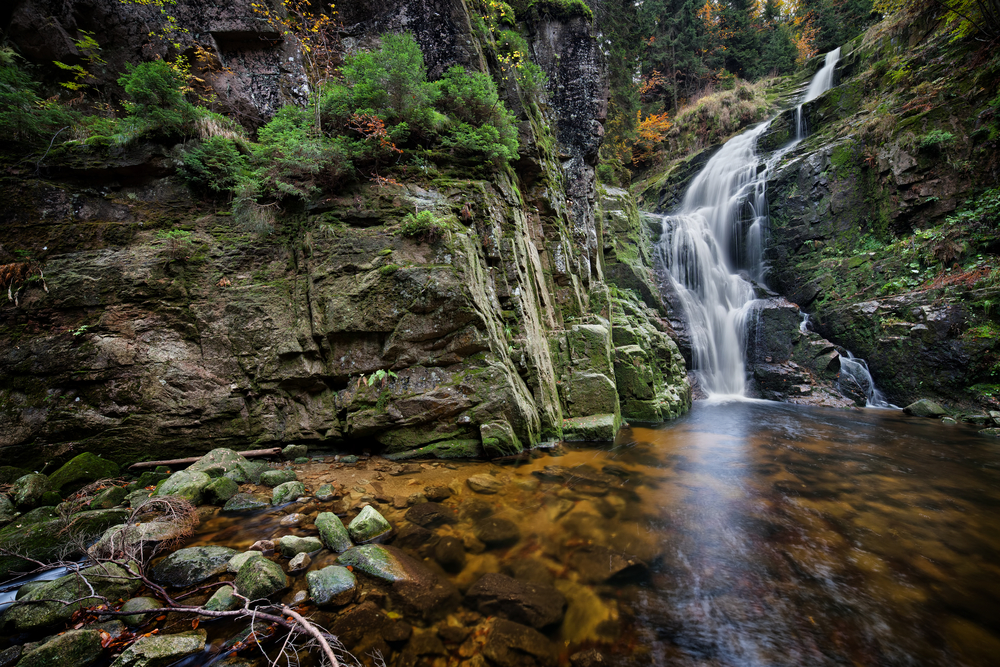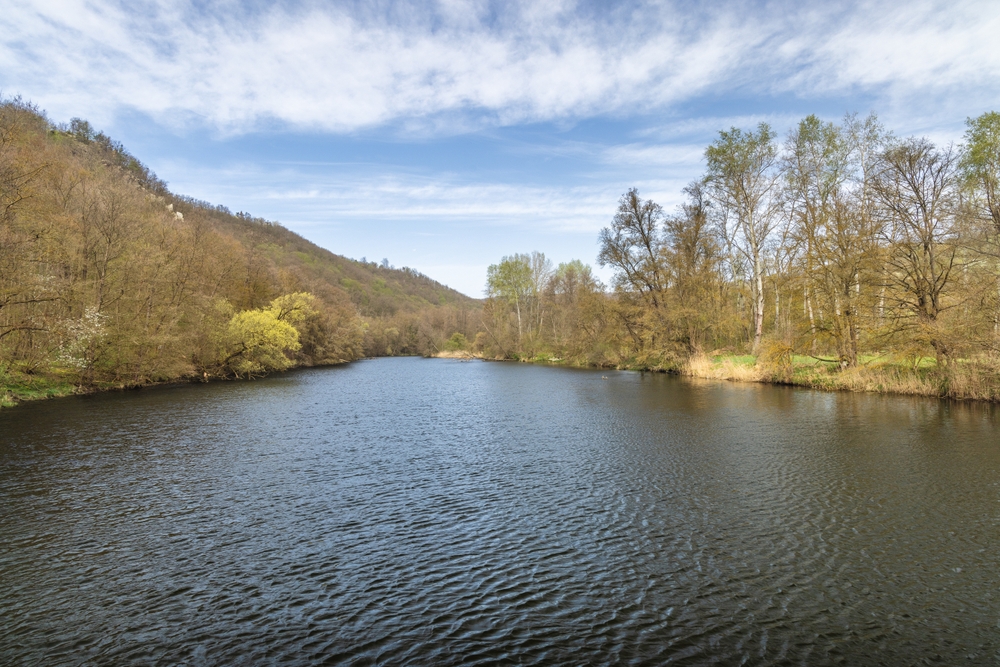Podyjí Overview
Podyjí National Park (in Czech: Národní park Podyjí) is located in the South Moravian Region of the Czechia, near the border with Austria. Covering an area of approximately 24 square miles (63 square kilometers), it is the smallest of the four national parks in the country but is renowned for its dramatic landscapes, rich biodiversity, and the preserved Dyje River Valley.
The landscape of Podyjí National Park is defined by the Dyje River, which meanders through deep, forested gorges and rocky cliffs, creating a picturesque river valley. The park’s diverse terrain includes vineyards, steep slopes, rocky outcrops, and flower-filled meadows. The winding river has carved out canyons and cliffs, providing breathtaking views from the park’s many lookout points. The Dyje River also forms natural meanders and oxbows, making it one of the most unspoiled river systems in Central Europe. The park is home to the Šobes vineyard, one of the oldest and most famous vineyards in the country, blending nature and cultural heritage.
The vegetation in Podyjí is highly varied due to the park’s microclimates and altitudes. Dense oak and beech forests cover much of the park, while the sunnier slopes are home to dry grasslands and steppe vegetation, rich with wildflowers such as orchids and gentians. In the floodplain areas, wetlands and riparian forests thrive, creating diverse plant communities. The park’s flora is influenced by both Central European and Pannonian species, contributing to its unique botanical diversity.
The wildlife in Podyjí National Park is similarly diverse, with a wide range of species that thrive in the different habitats. The park is home to large mammals like red deer, wild boar, and roe deer, while smaller animals like foxes and badgersare commonly spotted. Birdlife is abundant, with species such as black storks, kingfishers, and eagles frequenting the river and forested areas. The park’s unique ecosystems make it a vital area for biodiversity in the Czech Republic.
Park Map
Podyjí National Park Highlights
Engaging Podyji National Park
Related National Parks More Czechia
Sources
- Amazing Czechia, Podyji National Park, https://www.amazingczechia.com/destinations/podyji-national-park/, retrieved August 2024.
- National Park Thayatal & Podyji, Podyji National Park, https://www.np-thayatal.at/en/pages/thayatal--podyji-national-parks-445.aspx, retrieved August 2024.
- South Moravia, Podyji National Park, https://www.south-moravia.com/en/sights/o70477-podyji-national-park, retrieved August 2024.
- Visit Czechia, Podyji National Park, https://www.visitczechia.com/en-us/things-to-do/places/nature/protected-areas-and-national-parks/c-podyji-national-park, retrieved August 2024.
- Wikipedia, Podyji National Park, https://en.wikipedia.org/wiki/Podyj%C3%AD_National_Park, retrieved August 2024.


















































































